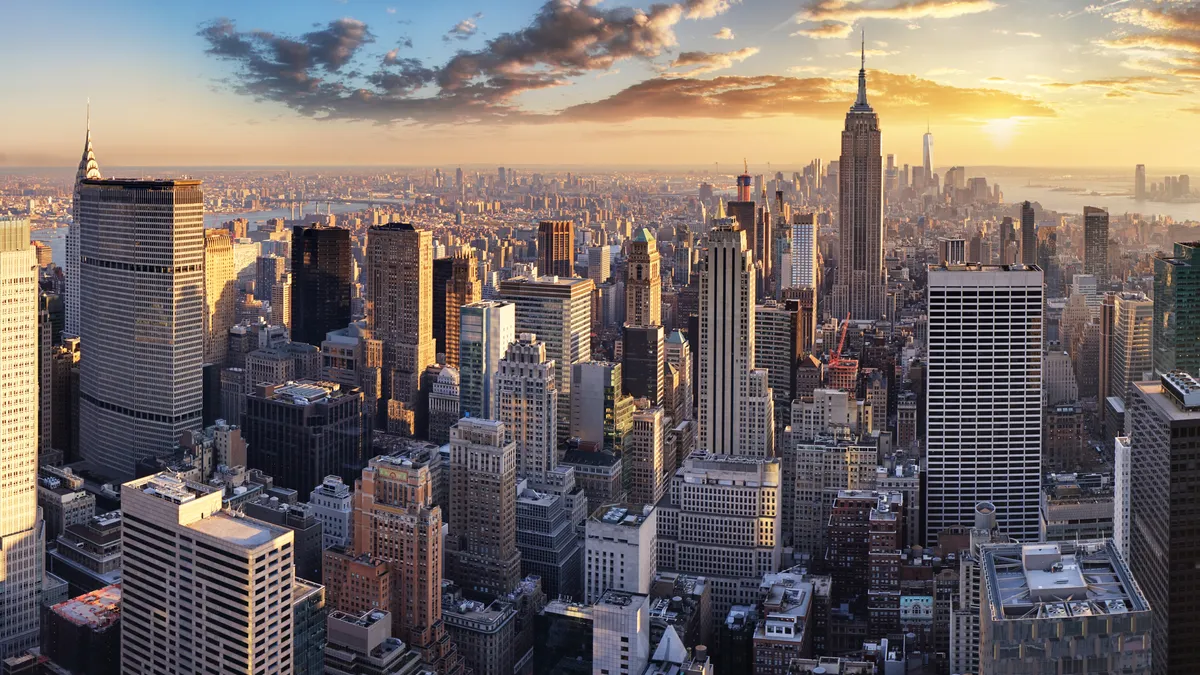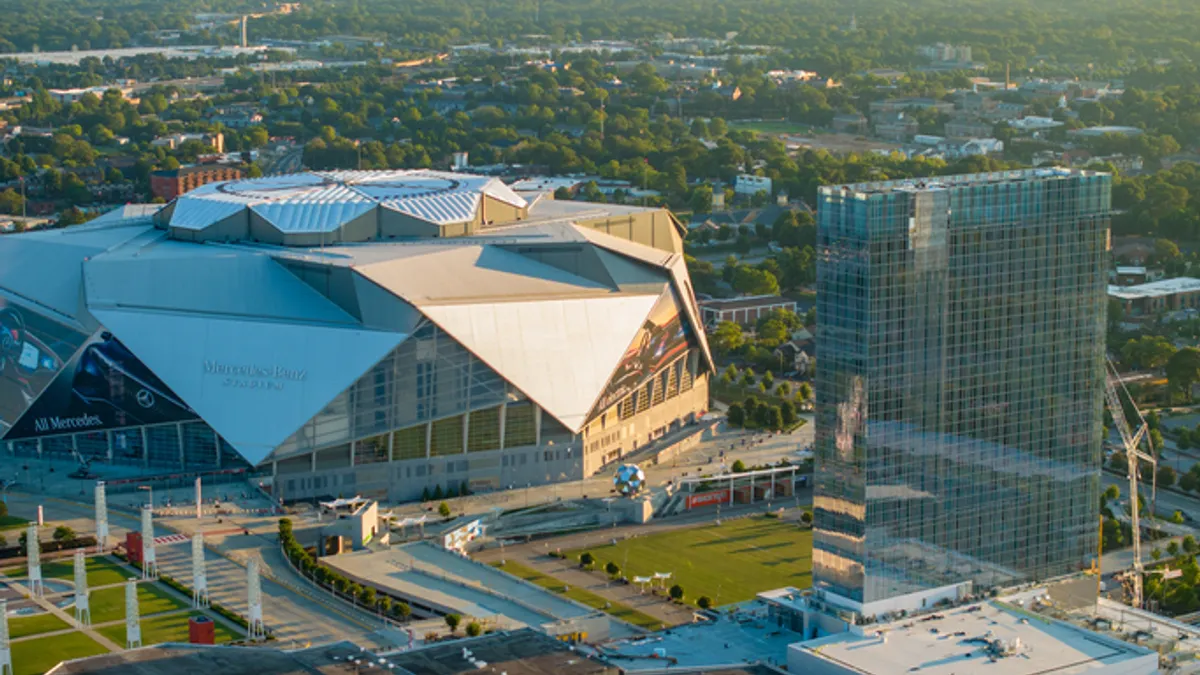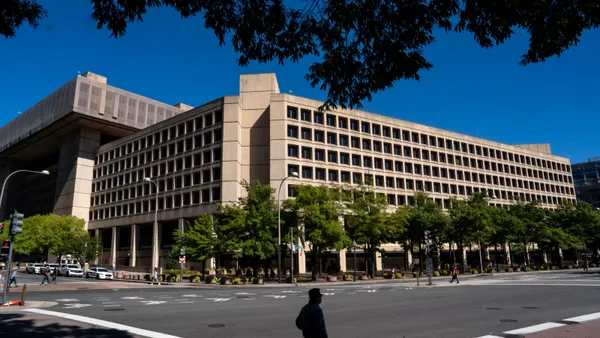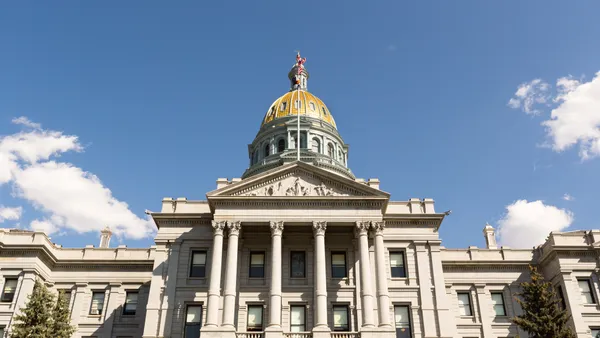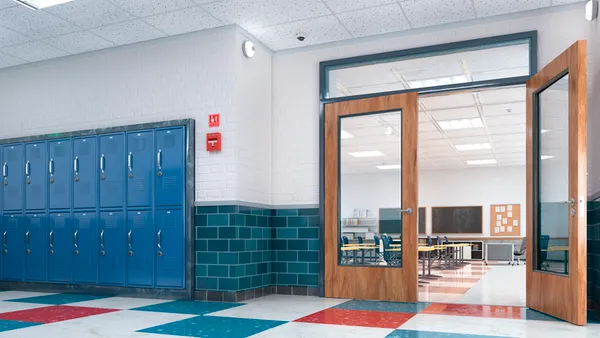Dive Brief:
- Owners of many buildings covered by New York City’s Local Law 97 must submit their first annual compliance reports to the Department of Buildings by May 1, according to the DOB’s Article 320 Info Guide. The guide explains the requirements and pathways for complying with the law mandating greenhouse gas emission reductions from buildings.
- The guide released in July is designed to help owners and managers of buildings covered under the law’s Article 320: those over 25,000 square feet or groups of buildings greater than 50,000 square feet. Exceptions – including some city-owned buildings, garden-style apartments, affordable housing, utilities and houses of worship – are covered by Article 321, which has a separate guide.
- Penalties for those who make submissions after a two-month grace period start at 50 cents per square foot for each month that has passed since May 1, which comes to $12,500 per month at a minimum for a 25,000-square-foot building. The guide explains the process of qualifying for deadline extensions.
Dive Insight:
The first compliance window for LL97 began in January, mandating that nearly 50,000 of the city’s largest buildings meet energy efficiency requirements and greenhouse gas emission limits starting this year. City data from late 2023 suggested that 89% of buildings were on track to meet the law’s 2024 emissions-reduction targets.
In 2023 the city estimated that about 5,300 buildings were out of compliance with the law and could start facing penalties in 2025. The city expects those numbers to grow as emissions limits get more stringent and penalties increase starting in 2030, according to a 2023 presentation by Emily Hoffman, director of DOB’s building emissions and energy performance office.
Most buildings covered under Article 320 have an emissions report for 2024 due by May 2025, which the guide calls the typical compliance pathway. Residential buildings where up to 35% of units are rent-regulated and residential buildings with income-restricted rental units have more time to comply, with deadlines for reporting in 2027 and 2036, respectively.
The guide explains the process for owners that wish to challenge the status of their buildings as covered buildings, as well as how to address expansions that bring a building above 25,000 square feet, thus putting them in the scope of the law.
The DOB has updated its approach for categorizing buildings by type for the purpose of setting emissions limits under LL97 by adopting the U.S. Environmental Protection Agency’s Energy Star Portfolio Manager property types. ESPM groups buildings by energy use patterns that match more closely with LL97’s emissions projections, the guide explains. It divides buildings into 16 categories, such as education, retail, warehouse and lodging/residential, with numerous property types under those categories.
LL97 reporting may require a single building to calculate its emissions limits based on multiple ESPM property types for different building areas. For 2024 and 2025, building owners can make those calculations using either DOB’s original occupancy groups or the ESPM types, but not a mix of both, the guide says.



